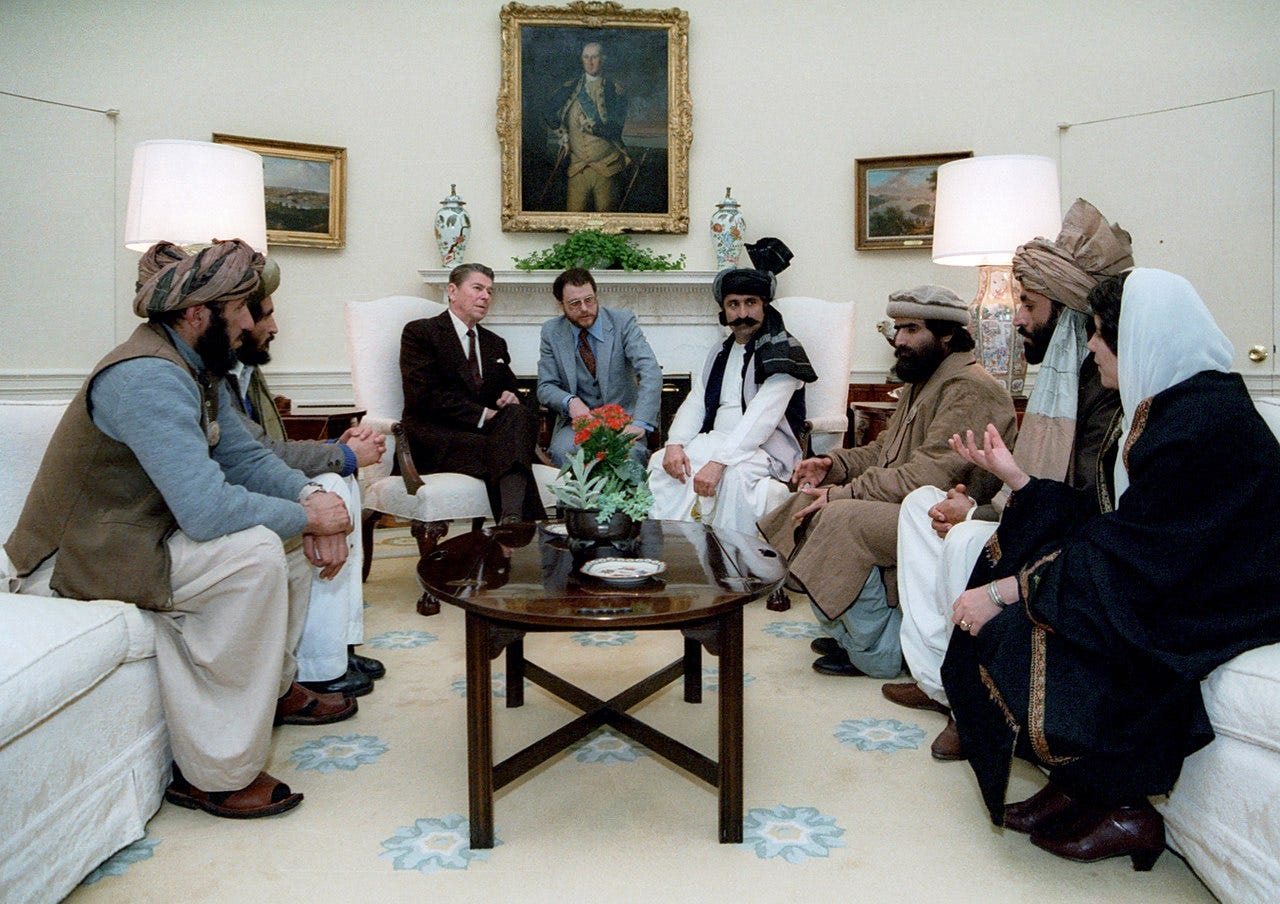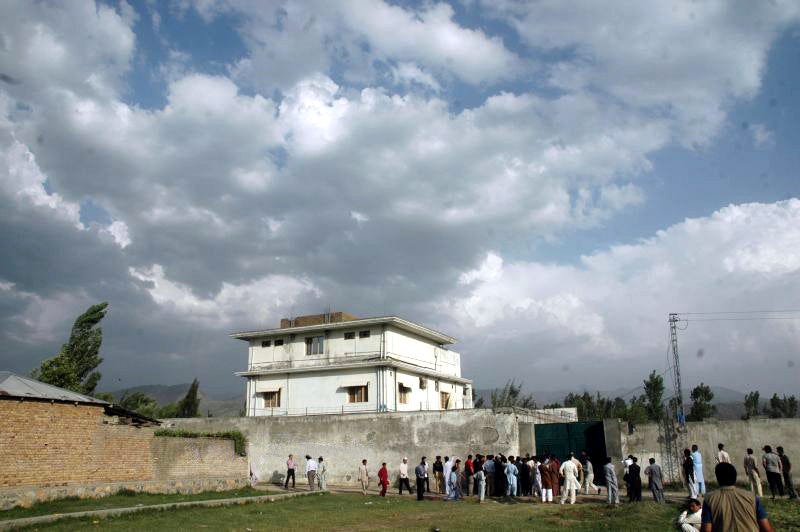How the US Helped Create Its Own Worst Enemy
The United States Relationship with Osama Bin Laden

The United States' relationship with Osama Bin Laden is one of the most intriguing and controversial topics in modern history. While most people are aware that Bin Laden was the mastermind behind the 9/11 terrorist attacks, few know that he was once a close ally of the US government. In fact, the United States played a key role in helping Bin Laden rise to power and become one of the world's most wanted men.
The origins of this strange friendship can be traced back to the Soviet-Afghan War in the 1980s. At the time, the US was engaged in a Cold War with the Soviet Union and saw an opportunity to weaken their adversary by supporting anti-communist forces in Afghanistan. These forces were known as the Mujahideen, a loose coalition of Islamist militants who were fighting to oust the Soviet-backed government in Kabul.
The US provided the Mujahideen with various forms of support, including weapons, training, and funding. The US provided the Mujahideen with a wide range of weapons, including rifles, rocket-propelled grenades, and anti-aircraft missiles. One of the most important weapons provided by the US was the Stinger missile, a shoulder-fired surface-to-air missile that was used to shoot down Soviet aircraft. The Stinger missile proved to be a game-changer in the conflict, as it gave the Mujahideen the ability to effectively neutralize the Soviet air force. The CIA's Operation Cyclone was a secret program designed to provide support to the Mujahideen, including training in guerrilla warfare tactics and the use of weapons.
The US support also helped to boost the morale of the Mujahideen and give them a sense of legitimacy in their fight against the Soviet-backed government. The use of the Stinger missile was particularly effective, as it allowed the Mujahideen to neutralize the Soviet air force, which had previously been a major advantage for the Soviet military. However, the impact of US support on the conflict was not all positive. The US support also helped to fuel the growth of Islamic fundamentalism in the region, as many of the Mujahideen groups were Islamist in nature. The US support also contributed to the militarization of Afghan society, which had long-term consequences for the country.
Bin Laden was one of the many Mujahideen leaders who received US support during this time. He was an Arab volunteer who had come to Afghanistan to fight the Soviets and was seen by the US government as a valuable asset in the fight against communism. Bin Laden quickly rose through the ranks to become one of the most powerful figures in the Mujahideen. He formed his own organization called Al Qaeda, which means "The Base" in Arabic, with the goal of driving Western influence out of the Middle East. However, as the war drew to a close, the United States began to withdraw its support from Afghanistan, leaving the country in a state of chaos and instability. This power vacuum allowed the Taliban, a militant Islamist group with close ties to Al Qaeda, to take control of the country.
Bin Laden saw this as an opportunity to expand his influence and launch attacks against US targets around the world. His first major terrorist attack was the 1998 bombing of the US embassies in Kenya and Tanzania, which killed over 200 people. This attack marked the beginning of the end for the friendship between the US and Bin Laden. The US government quickly realized that the man they had once supported was now a dangerous enemy who posed a serious threat to their national security.

The 9/11 attacks in 2001, which killed nearly 3,000 people, only served to confirm this view that Osama Bin Laden will forever be an enemy of The United States. As the founder and leader of Al-Qaeda, Osama bin Laden played a central role in planning and executing the 9/11 attacks. Bin Laden provided the ideological and strategic direction for Al-Qaeda, which included the decision to launch a large-scale attack on the United States. He also provided funding and resources to support the hijackers and their mission. In the aftermath of 9/11, the United States launched a massive military campaign to track down and capture or kill Osama Bin Laden. This effort lasted for over a decade and involved countless airstrikes, drone attacks, and ground operations.

In May 2011, a team of United States Navy SEALs from SEAL Team Six conducted a raid on a compound in Abbottabad, Pakistan, where they killed Osama bin Laden. The operation, which was codenamed Operation Neptune Spear, was a result of years of intelligence gathering and planning by the US government. The successful mission was a major blow to Al-Qaeda and a significant victory in the US's fight against terrorism. The raid was highly controversial, with some questioning its legality and others hailing it as a decisive blow against a dangerous enemy.
The story of how the United States befriended Osama Bin Laden only to become his mortal enemy is a cautionary tale about the perils of geopolitical maneuvering. It shows how short-term strategic goals can sometimes blind us to the long-term consequences of our actions. The withdrawal of US support from Afghanistan led to a power vacuum that allowed the Taliban to take control, which in turn provided a safe haven for Al Qaeda to plan and launch attacks against the US. While the US government's support for Bin Laden during the Soviet-Afghan War may have seemed like a good idea at the time, it ultimately contributed to a cycle of violence that continues to this day. In the complex and unpredictable world of international relations, there are no easy answers, only difficult choices.


